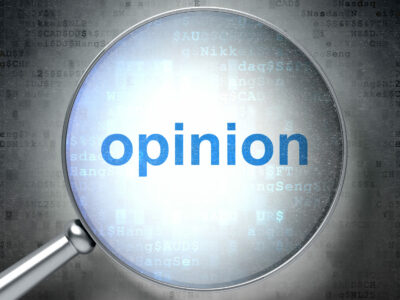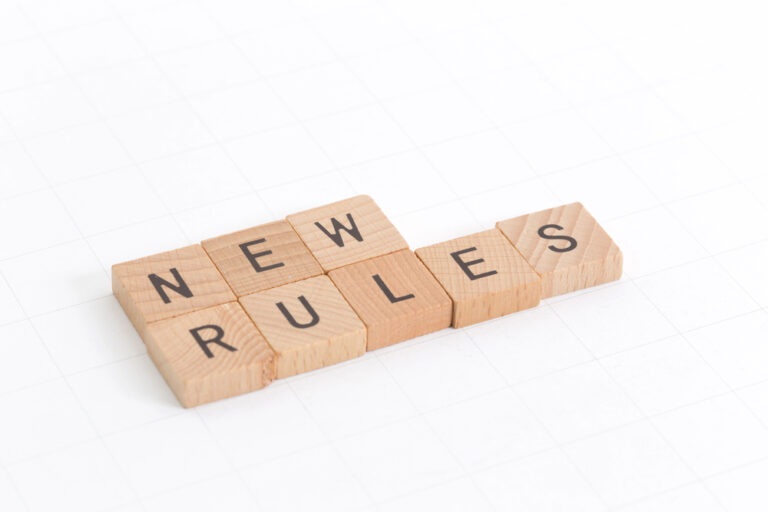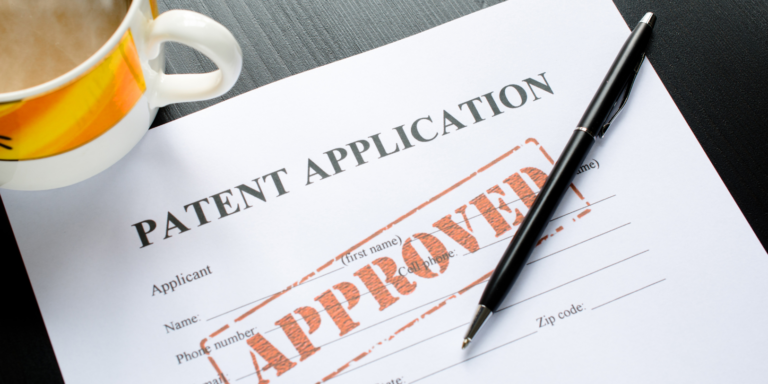“Patent quality is the single issue that affects all stakeholders… By tackling quality, the USPTO can improve the patent system without picking winners and losers.”
As the administration continues its efforts to restore our patent system, lost amid all the talk about discretionary denials, injunctive relief, patent fees, etc. is patent quality. Today’s conversations about restoring the remedy of injunctive relief to strengthen our patent system are incomplete unless the other half of the patent coin is mentioned too – patent quality. Otherwise, the administration’s actions will bring us back in time to the era before the America Invents Act (AIA), in which poor quality patents were swords to extort money from operating companies.
Quality has been a bugaboo for the U.S. Patent and Trademark Office (USPTO) for decades, going all the way back to the 1960s. So much so, in fact, that the Office back in the 1970s instituted the requirement that applicants submit information to the Office to help assist examiners with examination of their applications. The sad fact today is that the USPTO has been trying for nearly 60 years to improve patent quality with little to no success.
The Patent Bargain
Quality is at the heart of the patent bargain, which is the foundation of our patent system. The exchange of ideas in trade for exclusive government rights is the fuel that accelerates our technological innovation. Without such an exchange of ideas, our technology development would be slowed, if not stagnate over time. But those dramatic and important gains are not achieved when the quality of information received in trade is deficient. Patents that include technical description of broad scope but of few details offer very little benefit to the public. Claims with vague and/or hard to understand language are equally troubling, as the line between public domain and private rights is blurred at best and at worst indeterminable. That lack of clarity creates uncertainty for the market. which is detrimental to our society.
The root of the quality problem is twofold: access to information and poor examination practices. Now, the Office has made several attempts to make information more available to examiners by requiring information disclosure statements from applicants and international cooperation in the form of sharing information amongst the different patent offices, to name a few. These changes, however, have failed to move the needle. But there is hope on the horizon.
A Solution in AI
Artificial Intelligence (AI) has the potential to change patent examination in ways that cannot be overlooked or delayed. That technology is a means to address the persistent and inherent ills in human-based examination, such as inconsistent results among examiners and examination delays. Now, AI technology has its problems and detractors. But the tools available right now can achieve efficiencies in examination and promote quality.
Poor examination practices are also troublesome as they lead to patents of questionable validity while also denying truly worthy inventions those patent protections so deserving. The practices of rejecting claims based on a keyword here and there and/or stacking references one after another are central to examination issues. Rejecting patent applications because the prior art contains particular phrases or words without truly understanding what the art says is problematic for the patent system and frustrating for applicants. Similarly, rejecting patent applications using three or more references and saying it would be obvious to any skilled artisan seems disingenuous. It’s time we go back to the days where examination included reading and understanding the applicant’s technical disclosure before rendering judgment on a patent’s claims.
Examiners are Still in Charge
But one may ask, “how can you reconcile the need for careful examination while advocating for AI tools which further distance examiners from the examination process?” The answer is that AI is the means, not the end. Efficiencies can be gained by allowing AI technologies to take a first pass through the application and the art to help cull a manageable number of relevant references from the enormous amount of prior art in existence today. In short, AI can promote examination efficiency by helping examiners more quickly focus on the art of interest.
With that said, examiners are not passive participants in the process. They have knowledge and experiences of their own that they should bring to bear to make the examination process most effective. Examiners must embrace AI technology, but not automatically accept its results. Once focused on the pertinent art, however, examiners can spend more time reviewing the contents of applications and investigating the art to make fully informed decision about patentability. The anticipated results being: (1) less art stacking because examiners have the best art before them, and (2) actual examination of applications as examiners spend less time searching and more time analyzing.
Some critics might say the use of AI technology will only increase examination time, not shorten it. They may be right in the short term. But over time, examination will speed up as the symbiotic relationship between man and machine develops and fully forms.
A Holistic Approach
The approach to restoring our patent system must be done with a holistic view, not in narrow silos. Careful consideration of all potential impacts, not just some, is necessary. Limiting the availability for inter partes review while also advocating for a lower bar for injunctive relief will put operating companies in a difficult position. Further, the legal environment today is not the same as it was twenty years ago. Litigation funding has turned the patent system on its head. Funders will now view the patent system as an even better bet than before. This is especially true if funders can back campaigns with the added leverage of injunctive relief on their side – it’s simply money in the bank.
As Director Squires now takes the helm of the USPTO, I would ask him to tackle the challenge of quality first, before advocating for broader injunctive relief. The recently-introduced automated search pilot program is a positive sign but its focus on information sharing with applicants rather than patent examination seems off the mark. The agency should speed up modernization of patent examination to bring it into the 21st century. We cannot go back to the days of owners of poor-quality patents backed by injunctive relief being the sledgehammer smashed against the anvil of American operating companies. That said, a strong patent system requires meaningful rights. But meaningful rights inherently demand that patents be of sufficient quality. We need to tackle the problem of the patent quality now, not later.
Let’s Not Go Back
Fifteen years ago, we tried to solve the quality problem through post-grant review. That system has not worked to solve the patent quality crisis. In hindsight, our assumption was a mistake. That solution was never going to solve the problem because such reviews do not address the source of low-quality patents: the USPTO. Further efforts to restore our patent system should take into account the entire patent landscape today – operating companies, non-practicing entities, litigation funders, universities, solo inventors, etc. Patent quality is the single issue that affects all stakeholders – big and small alike. By tackling quality, the USPTO can improve the patent system without picking winners and losers from among these various interest groups. No matter the action taken, any effort to fix our patent system cannot bring us back to roads long since tread to experience the pains of the past. Otherwise, the last decade or so of patent law will have been for naught. If we desire America’s patent system to be world-class, let’s fix its foundation before the system crumbles under its own weight.





